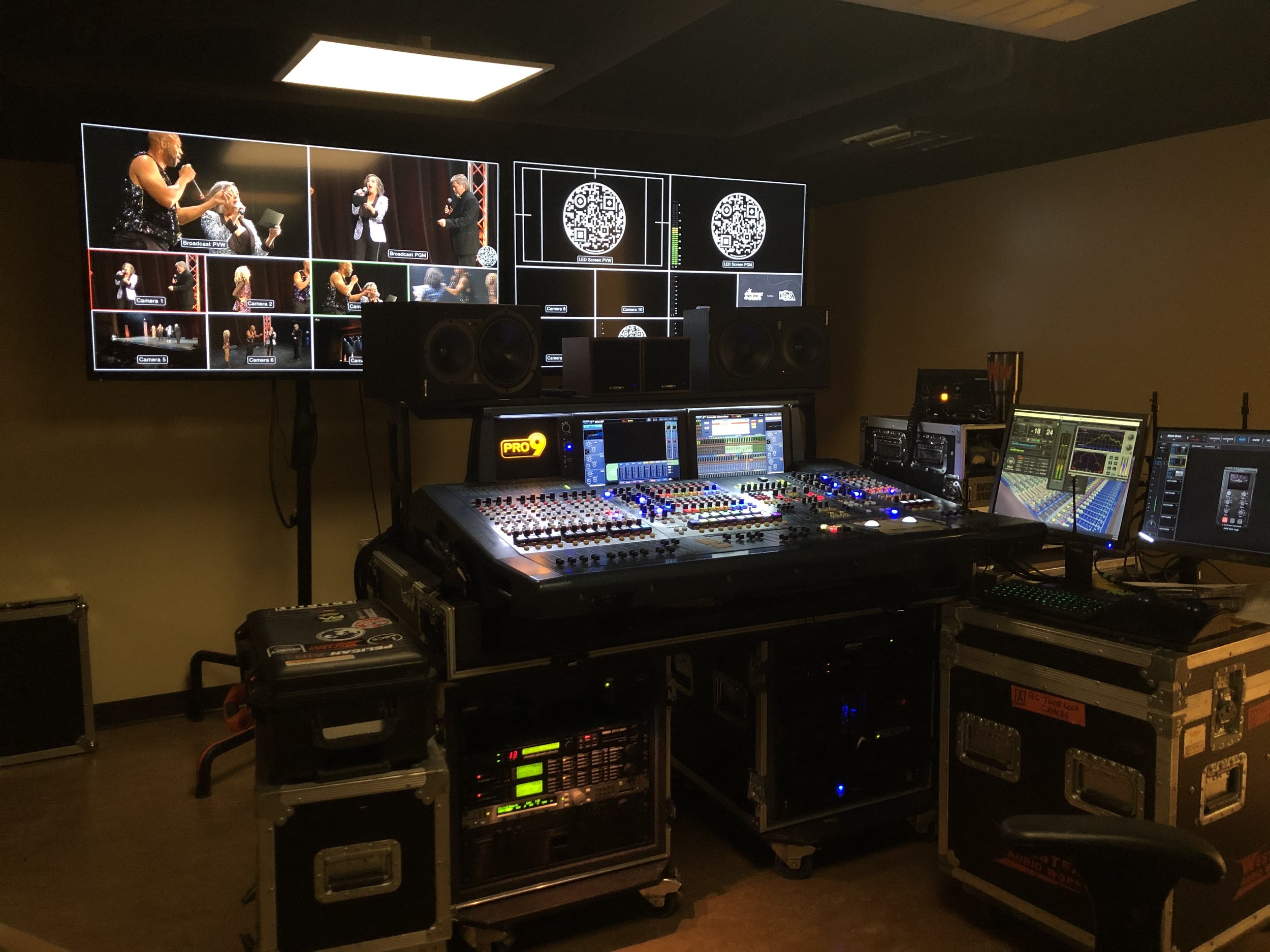Optimal Tactics for Placing Security CCTV to Enhance Surveillance Efficacy
Optimal Tactics for Placing Security CCTV to Enhance Surveillance Efficacy
Blog Article

Positioning surveillance cameras effectively effectively is essential for improving monitoring in different environments, including homes, commercial properties, and public areas. The primary objective of security cameras remains to deter criminal activity and provide evidence in case of incidents. To attain this, it is essential to take into account several elements, including surveillance camera location, field of view, and the particular areas that need oversight. By understanding these elements, people and organizations can create a thorough surveillance strategy that optimizes the effectiveness of their surveillance systems.
One of the initial steps in placing security systems involves to identify critical areas that need monitoring. High-risk areas, such as entry points, exits, vehicle lots, as well as areas with high-value items, should be given priority. It is crucial to consider blind spots, that are locations that may not be seen from certain perspectives. By charting out these key locations, surveillance personnel can guarantee that every nook is observed, reducing the chances of illegal activity going undetected. Additionally, installing surveillance systems at strategic locations can help form a comprehensive perspective of the premises, enabling for better total security monitoring.
The viewing angle of a security camera is another crucial element to consider. Various types of cameras provide varying ranges of view, that can influence you can try here how many area is recorded in the video. For instance, broad-view cameras can cover bigger spaces, making them perfect for open areas, whereas PTZ systems can be modified to focus on particular features. When positioning surveillance systems, it is essential to choose the right type based on the area being observed. This ensures that the system can capture clear footage and provide valuable information in the event of an incident.
Height and angle of installation also play a significant role in the efficacy of surveillance systems. Cameras should be installed at a height that is out of reach of possible interference but also allows for clear viewing of identifying features and additional recognizable details. A common suggestion is to mount systems at least eight to ten ft off the floor. Additionally, the tilt at which the camera is positioned can impact its ability to record crucial information. Cameras must be tilted to reduce reflection and prevent obstructions, ensuring that they can record sharp footage at any moments.
Finally, regular maintenance and improvements to the surveillance camera are crucial for sustained efficacy. This includes checking system performance, wiping optics, as well as making sure that software is current. Frequent evaluations of the surveillance strategy can help identify any new blind spots or locations that might require extra coverage. By staying vigilant and implementing necessary changes, people and organizations can improve their monitoring effectiveness and ensure that their surveillance solutions continue to fulfill their intended purpose.